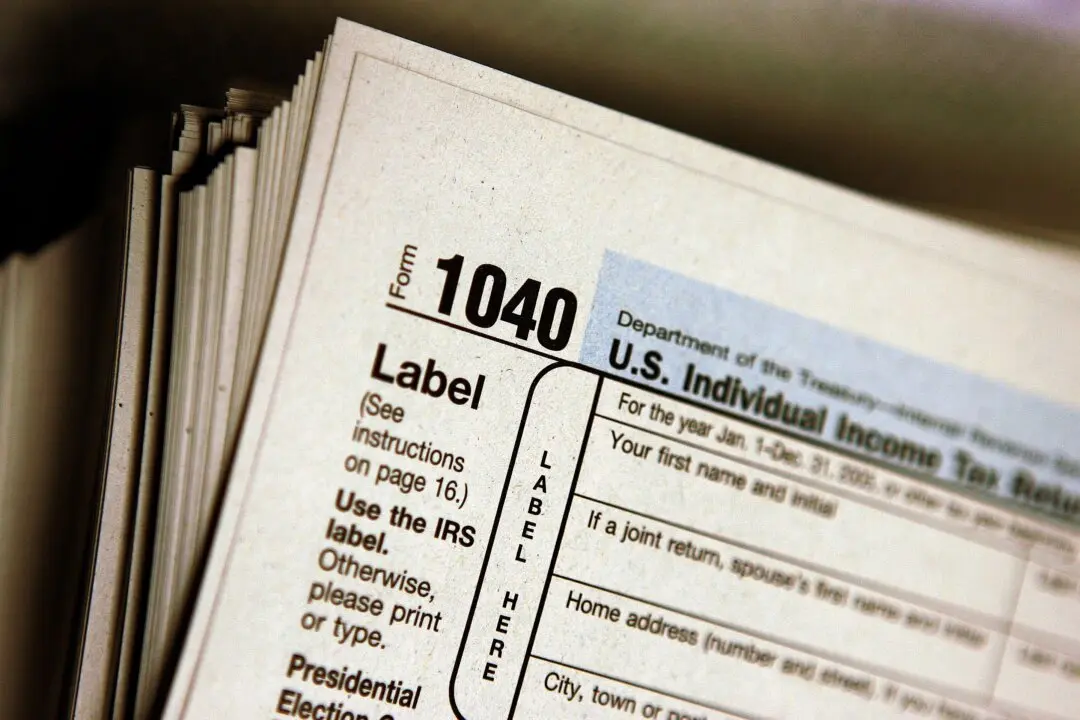The U.S. National Hurricane Center said in its latest update that Hurricane Florence now has 120 mph winds and is a Category 3 storm, located 385 miles southeast of Wilmington, North Carolina.
The storm is moving steadily toward the Carolinas’ coastal areas. Most of the North and South Carolina coastlines are under storm surge and hurricane warnings or watches.




